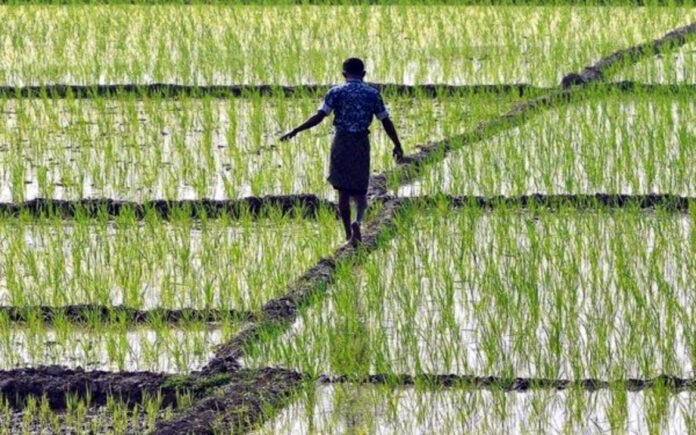New Delhi: India is set to boost its agricultural spending by approximately 15% to $20 billion in its upcoming budget, marking the most significant increase in six years. The move aims to enhance rural incomes and tackle persistent inflation, according to two government sources.
The additional funds are expected to focus on the development of high-yield seed varieties, expansion of storage and supply chains, and increased production of pulses, oilseeds, vegetables, and dairy products. These sources requested anonymity as they were not authorized to speak to the media.
Neither India’s finance nor agriculture ministries responded to requests for comment.
Addressing Food Price Challenges
India, the world’s second-largest producer of rice, wheat, and sugar, has struggled with high food prices, which exceeded a 10% year-on-year rise in October 2024. Although inflation has since moderated, food prices have averaged over 6% annually for the last decade. To mitigate price hikes, New Delhi has imposed export restrictions on select agricultural products, including wheat, and has extended duty-free imports for certain pulses.
For the fiscal year 2025/26, which begins in April, total allocations for agriculture and allied activities are expected to increase to 1.75 trillion rupees ($20.2 billion), up from 1.52 trillion rupees in the current fiscal year, according to sources familiar with budget discussions.
The agricultural ministry’s budget is projected to rise from 1.23 trillion rupees, with increased investment in research to develop new crop varieties, currently allocated 99.41 billion rupees.
Enhancing Exports and Domestic Productivity
Finance Minister Nirmala Sitharaman is anticipated to prioritize agriculture in her February 1 budget presentation. One source highlighted plans to generate agricultural surpluses sufficient to boost farm exports to $80 billion by 2030, up from the current $50 billion.
Agriculture employs about 45% of India’s workforce and contributes nearly 15% to the $3.5 trillion economy. Proposed measures include raising the cap for subsidized farm loans from 300,000 rupees to 500,000 rupees per farmer and expanding crop insurance programs.
Additionally, the government plans to increase pulse production to 30 million metric tons by 2030 and invest $9 billion in the fisheries sector over the next five years. Food processing firms are expected to receive incentives amounting to 109 billion rupees through 2027.
Also Read | Thailand Becomes Southeast Asia’s First to Host Legal Same-Sex Weddings
Challenges and Expert Recommendations
Despite these efforts, critics argue that the proposed measures fall short of addressing systemic issues such as low productivity and stagnant farm incomes. Devinder Sharma, an independent farm policy analyst, suggested, “The government should increase direct transfers to farmers and improve procurement of crops to stabilize incomes and ensure fair consumer prices.”
The upcoming budget is poised to play a crucial role in reshaping India’s agricultural landscape while addressing pressing economic challenges.



